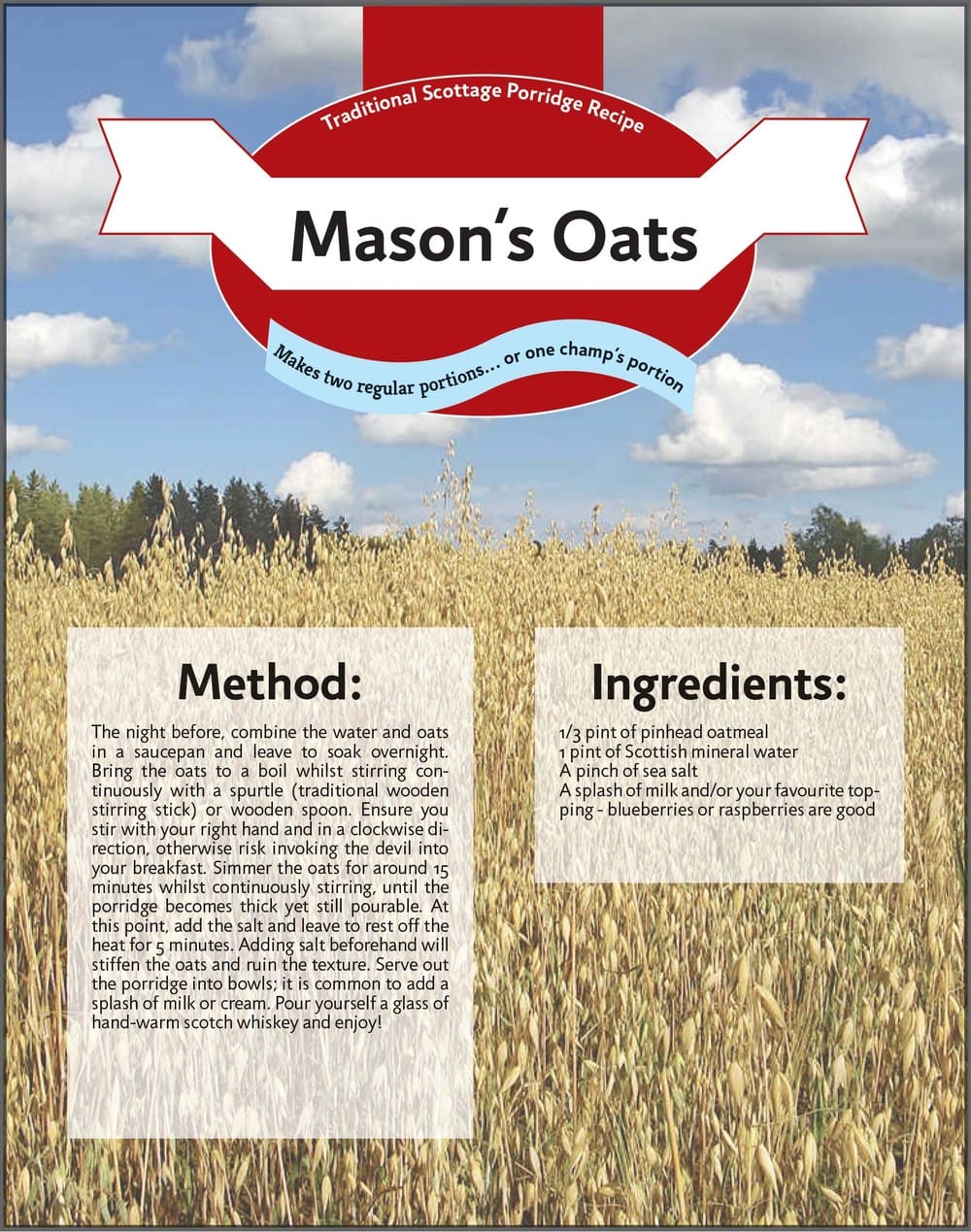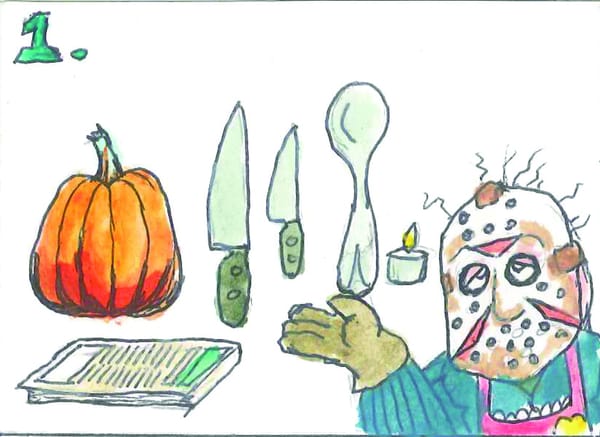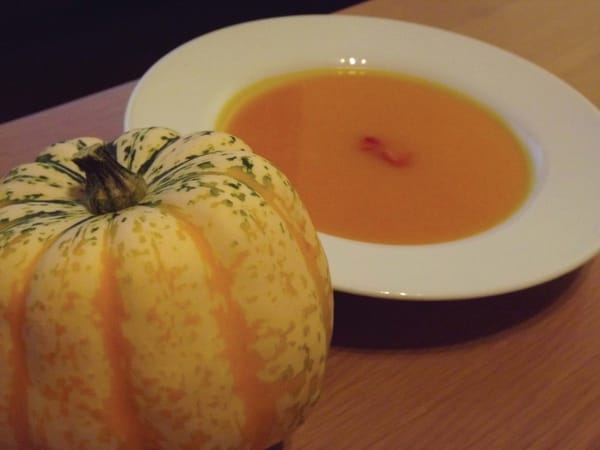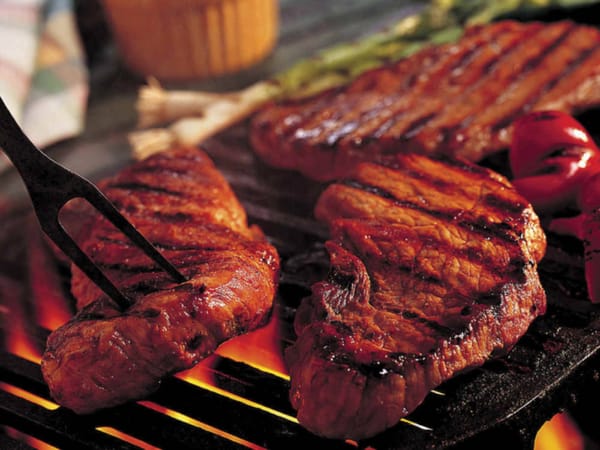Porridgeing for oats
Jonathan Mason shows you how it’s done

Although the origin of porridge is debatable, the Scots have been eating it since the late medieval times to warm themselves through the cold winters. The UK gets through almost 50 million gallons of the stuff a year, seeing a huge increase recently due to the numerous health benefits including: low GI, high fibre, high protein and low fat. Despite this, many people still picture a gloopy, wall paper paste-like sludge resembling the gruel served up in Oliver Twist, or manage to recreate this by not understanding the subtleties involved in preparing the traditional Scottish dish. Unfortunately, we live in an instant society and many opt for a microwavable, milky bland pap which they cover in silly amounts of sugar or chocolate in order to give it any form of taste. After all, what student has the time to spend 30 minutes idly stirring porridge before 9am lectures? I certainly don’t, but whenever I have a late start or on weekends I always invest the time into making the truly delicious and traditional breakfast.
The main and key ingredient in porridge is of the course the oats. After being harvested and cleaned, the oat are de-hulled by a machine, leaving the groat. This is then heated to just over 100ºC to break down the lipolytic enzymes, which would spoil the oats if left. From here the groats are either broken into pieces giving raw oatmeal or steamed and rolled to make rolled oats. These ‘rolled oats’ make up practically all those found in the supermarket including: Quaker Oats, Jordans Organic Porridge Oats, Scott’s Porage Oats and also the instant varieties such as Ready Brek. Despite this, porridge purists, and any self-respecting restaurant, will always use the raw oatmeal, the coarsest ground is known as pinhead oatmeal. You should be able to buy these at most whole foods shops and sometimes in Waitrose. Although they take longer to cook, and require soaking overnight, they produce a significantly more textured and flavoursome porridge.
As for the liquid, you should use only water when cooking the porridge, milk is usually added afterwards to form a cooling milky moat. Although many people use either milk or a water/milk mix, I think it masks the taste of the oats and in fact and leaves the porridge blander. Putting milk in porridge is much like putting sugar in tea; don’t be a hooligan, leave it out.
Ingredients:
1/3 pint of pinhead oatmeal
1 pint of Scottish mineral water
A pinch of sea salt
A splash of milk and/or your favourite topping - blueberries or raspberries are good
Method:
The night before, combine the water and oats in a saucepan and leave to soak overnight. Bring the oats to a boil whilst stirring continuously with a spurtle (traditional wooden stirring stick) or wooden spoon. Ensure you stir with your right hand and in a clockwise direction, otherwise risk invoking the devil into your breakfast. Simmer the oats for around 15 minutes whilst continuously stirring, until the porridge becomes thick yet still pourable. At this point, add the salt and leave to rest off the heat for 5 minutes. Adding salt beforehand will stiffen the oats and ruin the texture. Serve out the porridge into bowls; it is common to add a splash of milk or cream. Pour yourself a glass of hand-warm scotch whiskey and enjoy!








